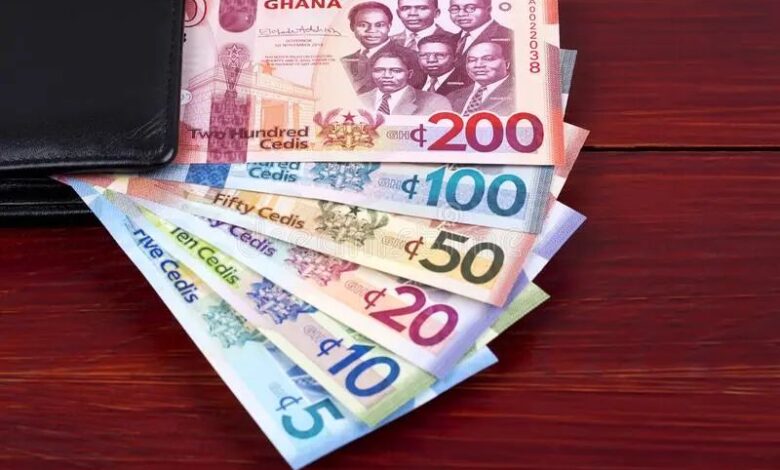
In a historic turning point for Ghana’s economic identity, President Kwame Nkrumah made a bold and symbolic move in 19th July 1965 by introducing the Ghanaian Cedi and Pesewa as the country’s official currency. This strategic decision marked the end of the British-influenced monetary system of pounds, shillings, and pence, signaling Ghana’s firm step toward full independence not just politically, but financially.
The newly introduced Cedi notes proudly bore the portrait of Nkrumah himself, emphasizing national pride and ownership of the country’s future. The currency was designed with a simple and logical structure: one Cedi was valued at eight shillings and four pence, which translates to 100 old pence. This meant that one Pesewa Ghana’s new subunit was equal to one penny in the previous system.
This currency overhaul wasn’t just a technical change; it was a powerful statement of self-determination. By replacing colonial symbols with distinctly Ghanaian ones, Nkrumah’s administration sought to instill confidence and unity in a young nation forging its path forward. The transition was seamless, and it laid the foundation for a modern financial system tailored to Ghana’s unique needs.
Kwame Nkrumah Cedi introduction
Read more: https://insightghana.com.gh/?p=48414




